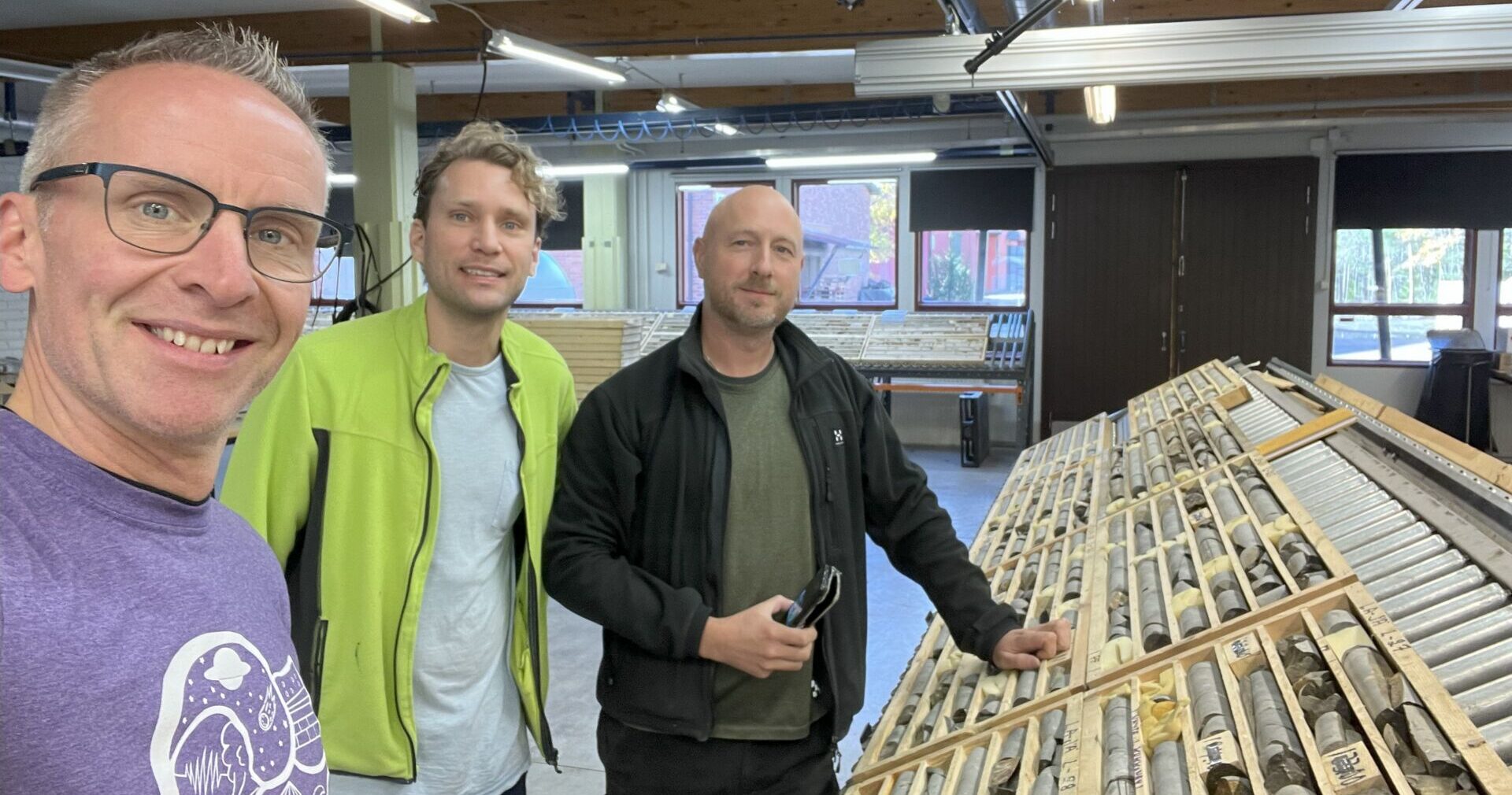Science
Researchers Uncover Microbial Life Origins in Finnish Meteorite Crater

An international team of researchers has made a significant discovery in the Lappajärvi impact crater in Finland, identifying traces of ancient microorganisms that provide new insights into the origins of life on Earth. For the first time, the team successfully dated the emergence of these microorganisms, confirming that life established itself millions of years after the initial meteorite impact.
The research, published in the esteemed journal Nature Communications, indicates that the impact, which occurred approximately 78 million years ago, created conditions that were conducive to life. This finding supports the theory that meteorite impacts can create habitable environments not only on Earth but potentially on other planetary bodies as well.
Gordon Osinski, a professor of Earth sciences and co-author of the study, expressed his enthusiasm about the research. “This is incredibly exciting research as it truly connects the dots for establishing life on Earth for the first time,” he stated. Previous findings had shown evidence of microbial colonization in impact craters, but questions remained regarding the timing and causation of this colonization. The new evidence suggests that the impact event itself created a warm, wet environment that was quickly occupied by microorganisms.
Osinski collaborated with his international colleagues in Finland, playing a crucial role in the sampling and geological interpretation of core drillings taken from the crater. “This is the first time we can directly link microbial activity to a meteorite impact using geochronological methods,” noted Henrik Drake, a professor at Linnaeus University in Sweden and senior author of the study. “It shows that such craters can serve as lifelong habitats in the aftermath of the impact.”
The researchers utilized a combination of isotopic analyses of mineral fillings within rock fractures and cavities to demonstrate that microbial colonization began a few million years after the impact. This process took place in the hydrothermal system of the crater, where temperatures reached around 47°C. Hydrothermal systems occur when heated water circulates through underground fractures, creating chemically modified fluid that can support life.
The chemical signatures found in the minerals indicated microbial sulfate reduction, a vital process for many subsurface microorganisms. The presence of sulfur, an essential element for life, confirmed that these microbes thrived in the crater environment.
Additionally, the study documented later mineral formations, which appeared more than 10 million years post-impact, showing evidence of both methane consumption and production. This provides further proof of the enduring microbial activity over an extended period.
“What is most exciting is that we do not only see signs of life, but we can pinpoint exactly when it happened,” said Jacob Gustafsson, a PhD student at Linnaeus University and the first author of the study. “This gives us a timeline for how life finds a way after a catastrophic event.”
This groundbreaking research sheds light on the conditions that may have fostered early life on Earth, expanding our understanding of how life can emerge in seemingly inhospitable environments. The implications of these findings could resonate beyond our planet, offering clues about the potential for life in similar craters on other celestial bodies.
-

 Science2 months ago
Science2 months agoToyoake City Proposes Daily Two-Hour Smartphone Use Limit
-

 Health2 months ago
Health2 months agoB.C. Review Reveals Urgent Need for Rare-Disease Drug Reforms
-

 Top Stories2 months ago
Top Stories2 months agoPedestrian Fatally Injured in Esquimalt Collision on August 14
-

 Technology2 months ago
Technology2 months agoDark Adventure Game “Bye Sweet Carole” Set for October Release
-

 World2 months ago
World2 months agoJimmy Lai’s Defense Challenges Charges Under National Security Law
-

 Technology2 months ago
Technology2 months agoKonami Revives Iconic Metal Gear Solid Delta Ahead of Release
-

 Technology2 months ago
Technology2 months agoSnapmaker U1 Color 3D Printer Redefines Speed and Sustainability
-

 Technology2 months ago
Technology2 months agoAION Folding Knife: Redefining EDC Design with Premium Materials
-

 Technology2 months ago
Technology2 months agoSolve Today’s Wordle Challenge: Hints and Answer for August 19
-

 Business2 months ago
Business2 months agoGordon Murray Automotive Unveils S1 LM and Le Mans GTR at Monterey
-

 Lifestyle2 months ago
Lifestyle2 months agoVictoria’s Pop-Up Shop Shines Light on B.C.’s Wolf Cull
-

 Technology2 months ago
Technology2 months agoApple Expands Self-Service Repair Program to Canada









